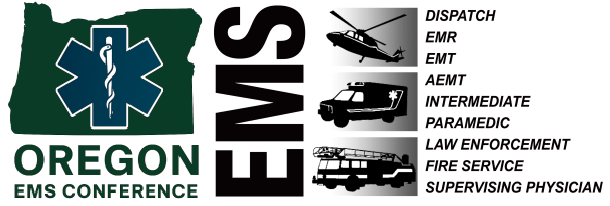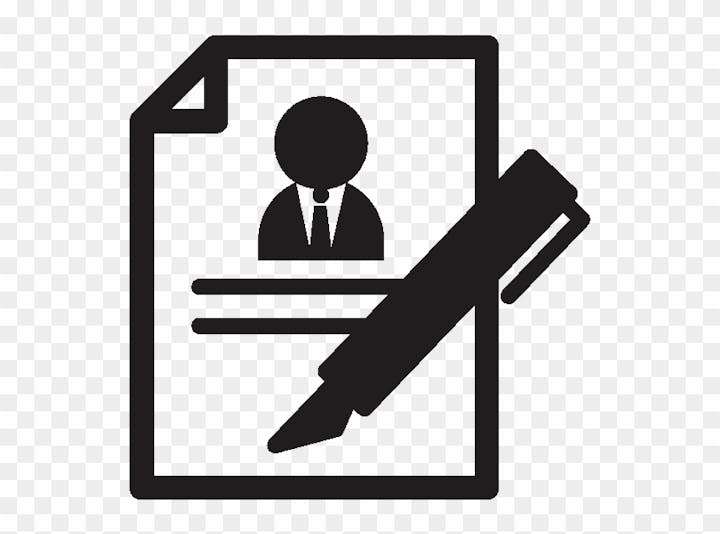2025 Friday, October 3rd
First Day of Main Conference
To register and purchase tickets, please use: Get Evenbrite Tickets
| TIME | SPEAKER | TOPIC |
|---|---|---|
| 0800-0900 | Norvin Collins | Crisis Canine Engagement: A Path to Improved Mental Wellness for First Responders |
| 0900-0930 | VENDOR | BREAK WITH VENDORS |
| 0930-1030 | Norvin Collins | Setting the Scene Up for Success |
| 0930-1030 | Joshau McFarland | AINT EASY BEING WHEEZY |
| 1030-1100 | VENDOR | BREAK WITH VENDORS |
| 1100-1200 | Sepehr Tehrani | Caring for the Obese Patient — Understanding Physiologic Changes and Patient-Care Challenges Associated with Obesity |
| 1100-1200 | Rick Howard | The Total Package-Because that’s the way we’ve always done it- |
| 1200-1300 | LUNCH | LUNCH with the VENDORS |
| 1300-1400 | Erin Horrax | Initial Management of the Burn Patient |
| 1300-1400 | Jeff Rubin | An Evidence-Based Approach to Mass-Casualty Triage |
| 1400-1430 | VENDOR | BREAK WITH VENDORS |
| 1430-1530 | Brandon Howard | ETCO2: More then Just Numbers |
| 1430-1530 | Dr Josh Yune | The Fluid Challenge |
| 1530-1600 | BREAK WITH VENDORS | |
| 1600-1700 | David Lehrfeld | 5 Questions EMS Providers Ask |
| 1600-1700 | Jeff Rubin | Blast injuries and response to bombings |
| END OF DAY ONE | ||
| **NEW** | ** FREE** | Register via Eventbrite for Case Review |
| 1900-2100 | Dr Marc Houston | Case Reviews - Interactive... Grab a beverage and popcorn and hear some unusual calls that will prepare you for “your” next unusual event. This presentation is FREE to attendees! |
Sepehr Tehrani, MD
Caring for the Obese Patient — Understanding Physiologic Changes and Patient-Care Challenges Associated with Obesity
What will be covered:
The purpose of this presentation is to discuss the physiologic changes and associated challenges of caring for the obese patient. This presentation will first focus on the physiologic changes of obesity, including alterations in airway anatomy, changes to oxygen consumption, shifts in lung and cardiac physiology, and pharmacology. Subsequently, the presentation will cover the challenges associated with managing the airway, obtaining parenteral access, administering medications, and managing hemodynamics that result from these physiologic changes.
Erin Horaz
Initial Management of the Burn Patient
This lecture will review burn depth assessment and calculation of burn size. There will be an overview of initial burn management including airway considerations and fluid resuscitation recommendations. Patient case studies will be used for learners to apply learned information.
Jeff Rubin
An Evidence-Based Approach to Mass-Casualty Triage
EMS has used mass-casualty incident (MCI) triage protocols for decades; what is the evidence base for the protocols we use and what is the quality of that evidence? Why do we even need MCI protocols? We’ll discuss all this, along with common pitfalls and the difference between typical MCI training and useful MCI training.
Brandon Howard
"ETCO₂: More Than Just Numbers"
This isn’t your average airway lecture! Join us for an interactive deep dive into end-tidal CO₂ that turns waveforms into real-world wisdom. We’ll break down the science into practical, easy-to-use tools for every EMS provider—whether you’re running a code, managing an airway, or just trying to figure out what that squiggly line is telling you. Expect hands-on application, real scenarios, and a few laughs along the way as we make ETCO₂ one of the most valuable monitors in your EMS toolkit.
Josh Yune
The Fluid Challenge
You want to be sure to attend Doctor Yunes presentations on isotonic fluids and how they can affect resuscitation efforts. Are you using normal saline? Have you looked how other fluids like Lactated Ringers or Dextrose impact out comes? How do these fluids interact with whole blood. As more and more systems incorporate blood products as part of their protocols this presentation will help you prepare for what’s next in pre-hospital care. A brief discussion on sepsis and how that affects your resuscitation outcomes will close out this presentation allowing time for your questions.
Jeff Rubin
Blast Injuries and Response to Bombings
Over the past 25 years we have gained a great deal of knowledge about the short- and long-term effects of explosions on the human body – every bit of that knowledge coming at human cost. This presentation uses real-life examples and recent research to summarize what we’ve learned and how it applies to emergency medical care. Principal topics include types of explosives and the key characteristics that define them, blast injury definitions and mechanisms, and considerations for incident response and patient assessment and management.
David Lehrfeld
For EMS Modernization:
HB 4081, the EMS Modernization Act, Is the most significant change to the Oregon EMS system in the last 30 years. The EMS modernization act will expand our current trauma system to other time sensitive emergencies such as strokes and cardiac arrest. Come hear about the plan to transform our EMS system and how this will affect you over the next five years.

